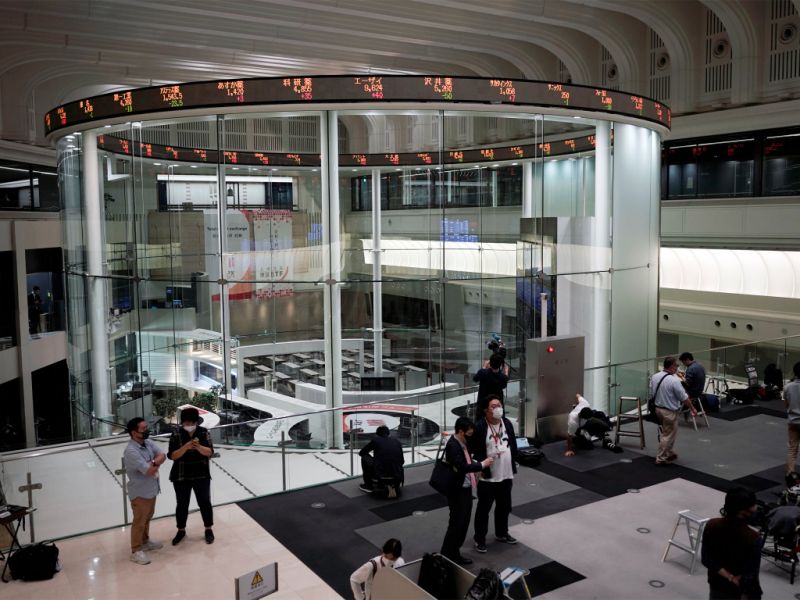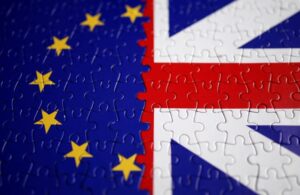US stock futures and Asian shares fell on Friday just when President Donald Trump revealed he and first lady Melania Trump have tested positive for the new coronavirus.
President Trump announced in a Tweet that he had contracted the virus just hours after the White House announced that senior aide Hope Hicks had come down with the virus after traveling with the president several times this week.
With markets in Shanghai and Hong Kong closed, trading in Asia was almost at a standstill. The Nikkei 225 index lost its strong early gains, shedding 0.8 per cent to 22,999.75 after the Tokyo Stock Exchange resumed trading following an all day outage after technical failings.
The future contracts for both the S&P 500 and the Dow industrials lost 1.9 per cent as oil prices also slipped.
A temporary lift was given to the stock market after reports emerged that the Japanese government is preparing new stimulus measures to inject the economy after a prolonged downturn worsened by the coronavirus pandemic. However, prices continued to fall after Trump’s announcement.
Australia’s benchmark S&P/ASX 200 slipped 1 per cent to 5,815.90 while shares in Singapore, Thailand and Indonesia also saw losses.
On Thursday, the benchmark S&P 500 ended the day 0.5 per cent higher, at 3,380.80 as the Dow Jones Industrial Average rose 0.1 per cent to 27,816.90 and the Nasdaq composite rose 1.4 per cent to 11,326.51.
Meanwhile, big tech-oriented stocks help keep afloat the market as they have throughout the pandemic.
Such big swings have become common place, as investors hinder the chances of a deal on Capitol Hill to send more cash to Americans, industries hit hard by the pandemic and to prop up unemployment benefits for the vast numbers of laid-off workers in the US.
House Speaker Nancy Pelosi and Treasury Secretary Steven Mnuchin continued talks on Thursday with no breakthrough achieved before stock trading ended on Wall Street.
Stephen Innes, of Axi, said: “Things remain fluid; we all know what is at stake if this deal does not go through before markets sundown, it is unlikely to be pretty ugly.”
Additional to ongoing political developments, investors are looking toward to new job figures due to be released on Friday. Data from Thursday revealed the number of workers signing up for unemployment benefits last week fell to 837,000 from 873,000. While this was less than commentators expected, it remained incredibly high compared to the pre-pandemic landscape.
Consumer spending, a main driver of the US economy, is forecast to be higher than August while personal incomes are predicted to diminish further compared to last month as growth in the country’s manufacturing sector also fell short of forecasts.
Meanwhile, the yield on the 10-year Treasury fell to 0.66 per cent from 0.67 per cent late Thursday as the dollar weakened to 105.05 Japanese yen from 105.54 yen while the euro weakened to $1.1731 (£0.91) from $1.1747 (£0.91).
Airlines and other major companies are continuing to announce layoffs and furloughs meaning more economic aid from congress is increasingly critical. In the past and particularly during the economic rescue mission in March, Mr Mnuchin and Ms Pelosi have proved they can work effectively.
However, the country’s deepening political divide continues to hinder progress with the presidential election now only a month away.



